E316L Welding Rod: Premium 316L Stainless for Top Corrosion Resistance
Introduction to AWS E316L Stainless Steel Welding Electrodes
In the specialized world of high-performance welding, selecting the correct consumable is paramount for ensuring structural integrity, longevity, and operational efficiency. The e316l welding rod represents a critical solution for applications demanding superior corrosion resistance, particularly in environments exposed to aggressive chemicals or elevated temperatures. As a low-carbon variant of the 316 stainless steel family, the E316L designation signifies its suitability for minimizing carbide precipitation during welding, a common issue that can compromise corrosion resistance in the heat-affected zone (HAZ). This characteristic makes it indispensable for industries where weld integrity directly translates to system reliability and safety.
This article delves into the technical intricacies, manufacturing excellence, diverse application landscapes, and strategic advantages of the E316L electrode, providing a comprehensive guide for B2B decision-makers and engineering professionals. We will explore its key specifications, performance metrics, and the rigorous quality assurance processes that underpin its reliability in demanding industrial settings.
Industry Trends in Stainless Steel Welding
The global demand for high-performance welding consumables, especially for stainless steel, continues to exhibit robust growth, driven by expansion in sectors such as petrochemicals, energy (including renewables), pharmaceutical, and food processing. A significant trend is the increasing emphasis on lifecycle cost reduction, which mandates the use of materials and welding solutions offering enhanced durability and minimal maintenance requirements. This directly fuels the adoption of advanced stainless steel welding rods like the e316l welding rod, known for its longevity and resistance to degradation.
Technological advancements are also shaping the industry, with a focus on improved arc stability, reduced spatter, and higher deposition rates to boost productivity. Furthermore, environmental regulations are promoting the development of welding electrodes with lower fume emissions and more efficient material utilization. The demand for digital integration in welding, including automated processes and real-time quality monitoring, highlights the need for consistent, high-quality consumables that perform reliably under precise control. The versatility of the e316l welding rod, suitable for various welding positions and currents, aligns perfectly with these evolving industry requirements.
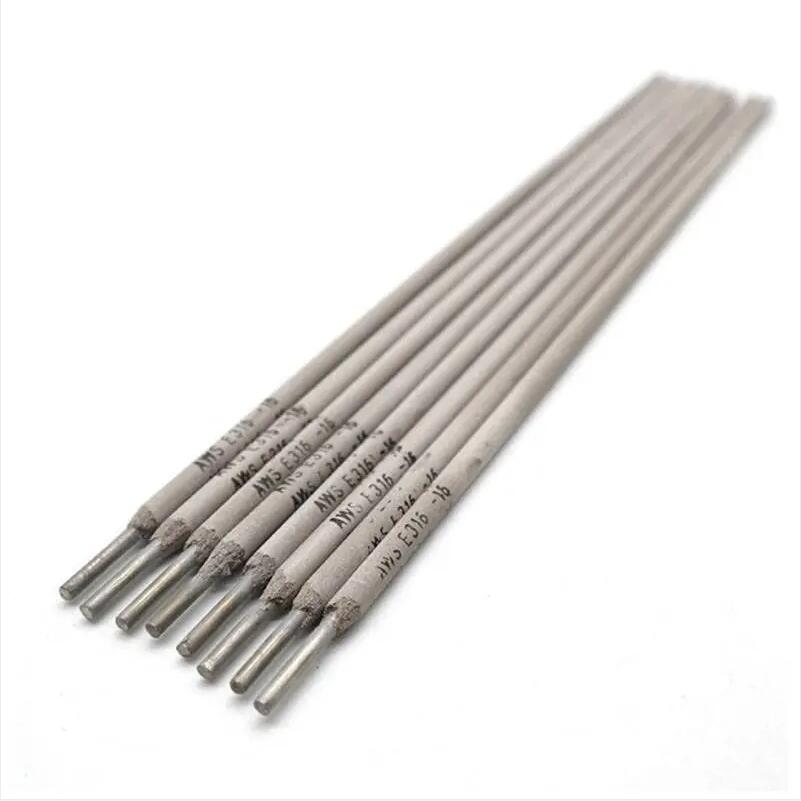
Precision manufacturing ensures the quality of E316L welding rods.
Manufacturing Process of E316L Welding Rods
The production of a high-quality 316l stainless steel welding rod involves a meticulous multi-stage process, ensuring metallurgical consistency and optimal performance. This rigorous process adheres to stringent international standards, guaranteeing product reliability.
1. Raw Material Sourcing & Preparation
High-purity stainless steel core wire (typically 316L grade, low carbon) is selected. This wire undergoes precise drawing processes to achieve the required diameter and surface finish. Flux materials (e.g., rutile, basic) are precisely formulated and mixed, containing deoxidizers, slag formers, arc stabilizers, and alloying elements like Mo for enhanced corrosion resistance.
2. Flux Extrusion
The prepared core wire is fed into an extrusion press. The wet flux mixture is then uniformly extruded onto the core wire, forming a concentric coating. This critical step determines the rod's welding characteristics, including arc stability, slag removal, and weld metal properties. Thickness and concentricity are continuously monitored.
3. Drying & Baking
Post-extrusion, the rods are subjected to controlled drying and baking processes in specialized ovens. This removes moisture from the flux coating, preventing hydrogen-induced cracking (HIC) in the weld metal and ensuring consistent arc performance. Precise temperature and duration are crucial for optimal moisture content and flux integrity.
4. Finishing & Packaging
After baking, the rods undergo visual inspection and are sorted by length and diameter. Branding and packaging follow, often in hermetically sealed container111s or vacuum packs to protect the flux from moisture absorption during storage and transport. Each batch is traceable to its manufacturing parameters.
Testing Standards & Quality Assurance
Every batch of 316l stainless steel welding rod undergoes rigorous testing to comply with international standards such as AWS A5.4, ISO 3581, and EN 1600. Key tests include:
- Chemical Analysis: Spectrographic analysis of core wire and deposited weld metal to confirm adherence to 316L composition (e.g., low carbon, high chromium, nickel, and molybdenum content).
- Mechanical Properties Testing: Tensile strength, yield strength, elongation, and impact toughness (Charpy V-notch) are evaluated at various temperatures.
- Corrosion Resistance Tests: Intergranular corrosion tests (e.g., ASTM A262 Practice E) are performed to verify resistance to sensitization.
- Radiographic Inspection: Welds made with the electrodes are X-rayed to ensure freedom from porosity, inclusions, and cracks.
- Weldability Tests: 평가 arc stability, slag detachability, spatter levels, and bead appearance across different welding positions.
The typical service life of welds performed with a properly manufactured e316l welding rod can exceed several decades under specified operating conditions, thanks to its exceptional corrosion resistance and mechanical stability. This extended service life significantly reduces maintenance costs and downtime for critical industrial infrastructure.
Technical Specifications and Performance Metrics
The AWS E316L-16 (or A202, a common designation for a rutile-type coating) electrode is engineered for welding AISI 316L, 316, and other molybdenum-bearing stainless steels. Its low carbon content (typically
Typical Chemical Composition of Deposited Metal (wt%)
| Element | AWS A5.4 Specification (max/range) | Typical Deposit (Manufacturer's Data) |
|---|---|---|
| Carbon (C) | 0.04 max | 0.025 - 0.035 |
| Manganese (Mn) | 0.50 - 2.50 | 1.00 - 1.50 |
| Silicon (Si) | 0.30 - 1.00 | 0.50 - 0.70 |
| Chromium (Cr) | 17.0 - 20.0 | 18.0 - 19.5 |
| Nickel (Ni) | 11.0 - 14.0 | 12.0 - 13.5 |
| Molybdenum (Mo) | 2.00 - 3.00 | 2.20 - 2.80 |
| Sulfur (S) | 0.03 max | 0.015 max |
| Phosphorus (P) | 0.04 max | 0.025 max |
Typical Mechanical Properties of Deposited Metal (as-welded)
| Property | AWS A5.4 Min. Requirements | Typical Deposit (Manufacturer's Data) |
|---|---|---|
| Tensile Strength | 520 MPa (75 ksi) | 550 - 620 MPa (80 - 90 ksi) |
| Yield Strength (0.2% Offset) | 320 MPa (46 ksi) | 350 - 450 MPa (51 - 65 ksi) |
| Elongation in 4D | 30% | 35% - 45% |
| Charpy V-Notch Impact (at -196°C) | Not specified | ~30-50 J (at room temp.) |
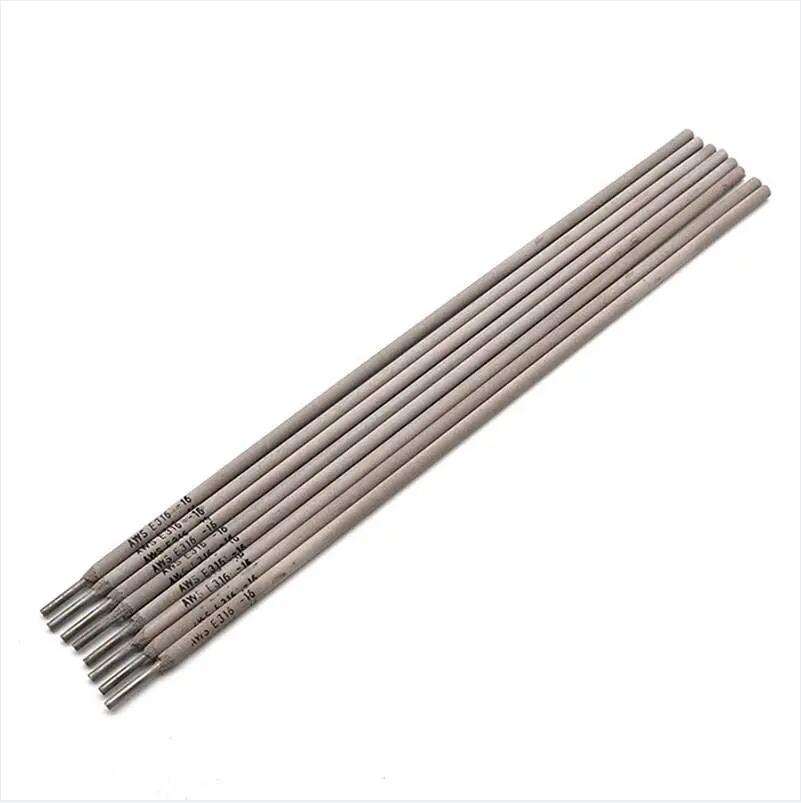
Detailed technical specifications are crucial for demanding applications.
Application Scenarios and Target Industries
The robust chemical and mechanical properties of the e316l welding rod make it an indispensable consumable across a spectrum of demanding industries. Its primary use is in joining and surfacing applications for 316L and 316 grade stainless steels, where resistance to pitting and crevice corrosion, especially in chloride-containing environments, is critical.
Key Target Industries:
- Petrochemical and Chemical Processing: Used extensively for fabricating pipelines, tanks, heat exchangers, and reactors that handle corrosive chemicals, acids, and high-temperature fluids. The low carbon content ensures weld integrity in these aggressive environments, minimizing downtime due to corrosion.
- Pharmaceutical and Food Processing: Essential for welding equipment that must meet stringent hygiene standards and resist corrosive cleaning agents. Its smooth weld beads contribute to surfaces that are easy to clean and sanitize, preventing bacterial growth.
- Marine and Offshore: Ideal for shipbuilding, offshore platforms, and coastal structures where exposure to saltwater necessitates superior resistance to chloride-induced corrosion and pitting.
- Power Generation: Utilized in components for nuclear power plants, thermal power stations, and renewable energy infrastructure requiring high temperature and corrosion resistance.
- Water Supply & Drainage: For welding pipes, fittings, and treatment plant components exposed to various water chemistries, offering long-term reliability against degradation.
- Pulp and Paper Industry: Due to the corrosive nature of chemicals involved, the 316l stainless steel welding rod is crucial for maintaining the integrity of processing equipment.
In these scenarios, the E316L electrode ensures not only the initial structural integrity but also the sustained performance and safety of critical infrastructure, demonstrating its value through energy saving (by preventing leaks and failures) and superior corrosion resistance.
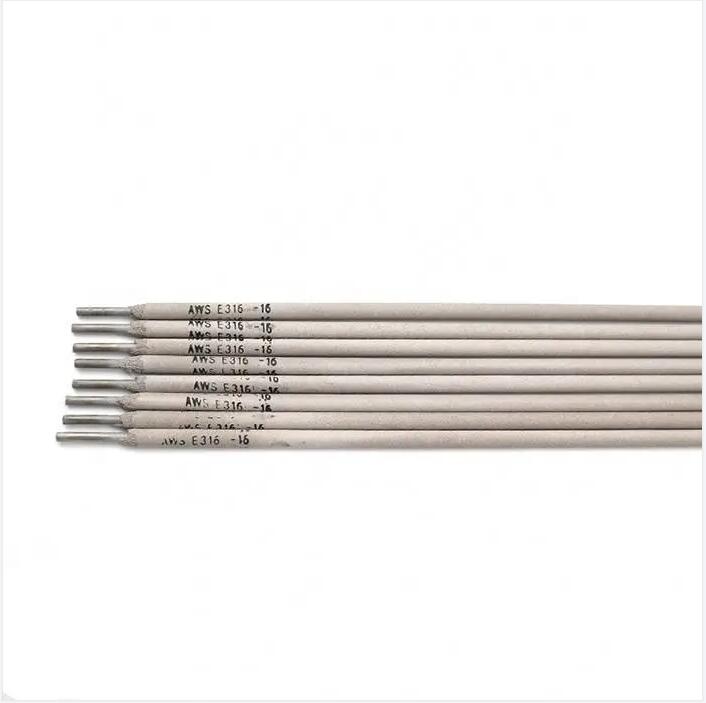
Versatile applications in critical infrastructure.
Technical Advantages of E316L Welding Rods
The selection of an e316l welding rod provides distinct technical advantages that contribute to enhanced operational performance and extended asset lifespan in demanding B2B applications.
- Superior Corrosion Resistance: The low carbon content (
- Excellent High-Temperature Stability: While designed for general corrosion resistance, the inherent properties of 316L stainless steel, including the molybdenum addition, provide improved strength and creep resistance at elevated temperatures compared to non-molybdenum grades.
- Robust Mechanical Properties: The deposited weld metal consistently achieves high tensile and yield strengths, coupled with excellent ductility, ensuring robust and flexible joints that can withstand operational stresses and vibrations over time.
- Reduced Post-Weld Treatment: Due to its low carbon content, the E316L often eliminates the need for post-weld heat treatment (PWHT) to restore corrosion resistance, thereby reducing manufacturing costs and lead times.
- Versatile Weldability: The rutile-type coating (e.g., in E316L-16) offers excellent arc stability, easy slag removal, minimal spatter, and good bead appearance across various welding positions (flat, horizontal, vertical-up, overhead), making it user-friendly for welders and adaptable to diverse fabrication requirements.
- Crack Resistance: The optimized ferrite content in the weld metal (typically 3-10 FN, Ferrite Number) provides superior resistance to hot cracking, a common issue in fully austenitic welds.
These technical advantages translate directly into increased operational reliability, reduced maintenance, and ultimately, a lower total cost of ownership for critical assets.
Vendor Comparison and Customized Solutions
When sourcing an e316l welding rod, discerning buyers in the B2B sector must evaluate vendors beyond just price. A strategic comparison involves assessing product quality, technical support, supply chain reliability, and the ability to offer customized solutions.
Key Vendor Comparison Criteria:
| Criterion | Description & Importance |
|---|---|
| Certifications & Compliance | Verify adherence to AWS A5.4, ISO 9001, CE, and other relevant industry-specific standards. This guarantees product consistency and quality. |
| Technical Expertise & Support | Access to metallurgical engineers and welding specialists for application-specific advice, troubleshooting, and optimization. Look for vendors with decades of expertise in welding consumables. |
| Supply Chain Reliability | Consistent availability, short lead times, and robust logistics are crucial to prevent project delays. Evaluate their global distribution network. |
| Product Consistency | Demonstrated batch-to-batch uniformity in chemical composition, mechanical properties, and welding characteristics through extensive QC data. |
| Customization Capabilities | The ability to develop specific flux formulations or core wire compositions for unique, highly specialized applications or to meet proprietary client specifications. |
| After-Sales Service | Comprehensive support including warranty, technical assistance, and responsive problem resolution. |
Customized Solutions
Leading manufacturers often provide customized welding solutions. This might involve tailoring the flux coating to optimize arc performance for specific welding equipment or positional requirements, or adjusting elemental compositions within the AWS specifications to achieve particular metallurgical properties in the weld deposit. For example, a client requiring exceptionally low ferrite content for cryogenic applications or a higher ferrite number for maximum hot crack resistance may request a specialized variant of the 316l stainless steel welding rod. Such partnerships ensure that even the most niche project requirements are met with precision and confidence.
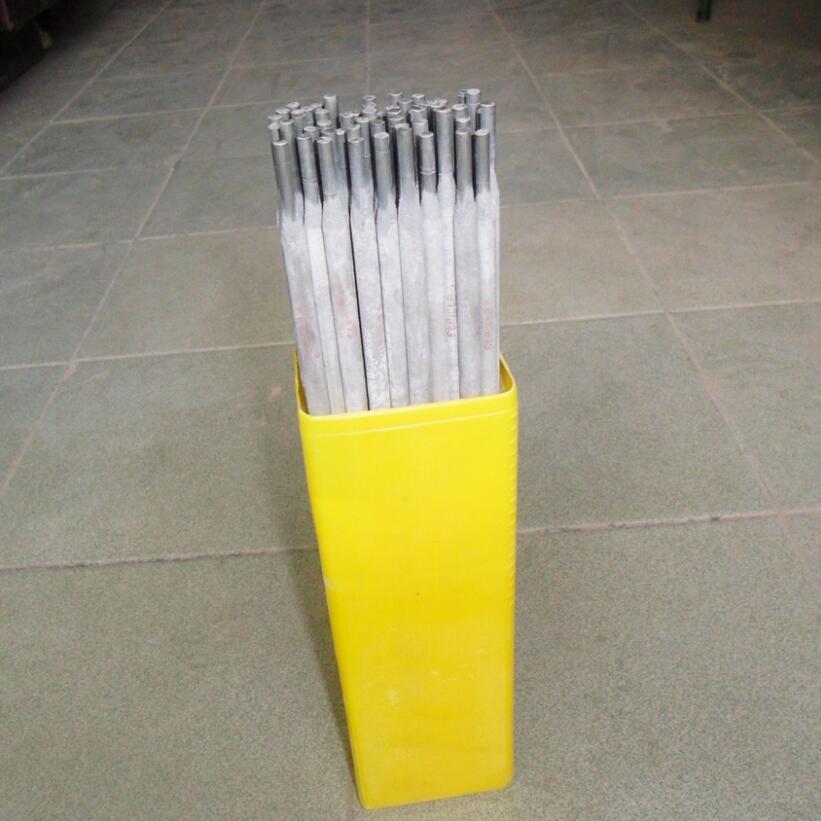
Rigorous quality control ensures consistent performance.
Application Case Studies
Real-world applications powerfully demonstrate the reliability and advantages of the e316l welding rod. Here are examples of its deployment in critical infrastructure projects:
-
Case Study 1: Chemical Processing Plant Expansion
A major petrochemical client undertaking a plant expansion required welding of several large-diameter 316L stainless steel pressure vessels and extensive piping systems designed to transport highly corrosive acids and chlorides. Traditional welding consumables showed a risk of intergranular corrosion in the HAZ during initial trials. By switching to a high-quality e316l welding rod from a certified manufacturer, they achieved welds with exceptionally low carbon content and optimized ferrite, ensuring superior resistance to sensitization and pitting corrosion. Post-weld inspection, including radiography and dye penetrant testing, confirmed defect-free welds. This decision averted potential failures, ensuring plant safety and decades of operational life, demonstrating significant long-term cost savings compared to alternative solutions requiring more frequent maintenance.
-
Case Study 2: Desalination Plant Infrastructure
For a new seawater desalination facility, the client needed to fabricate critical components, including pump casings, impellers, and large-diameter pipelines, all exposed to highly saline and abrasive conditions. The primary material was 316L stainless steel. The welding team utilized our 316l stainless steel welding rod, specifically chosen for its enhanced resistance to chloride stress corrosion cracking and crevice corrosion. The project benefited from the rod's excellent weldability in multiple positions, speeding up fabrication while maintaining stringent quality control. Customer feedback highlighted the consistent arc stability and easy slag removal, which contributed to higher productivity and reduced rework, crucial for meeting tight project deadlines and budget constraints in this large-scale water treatment project.
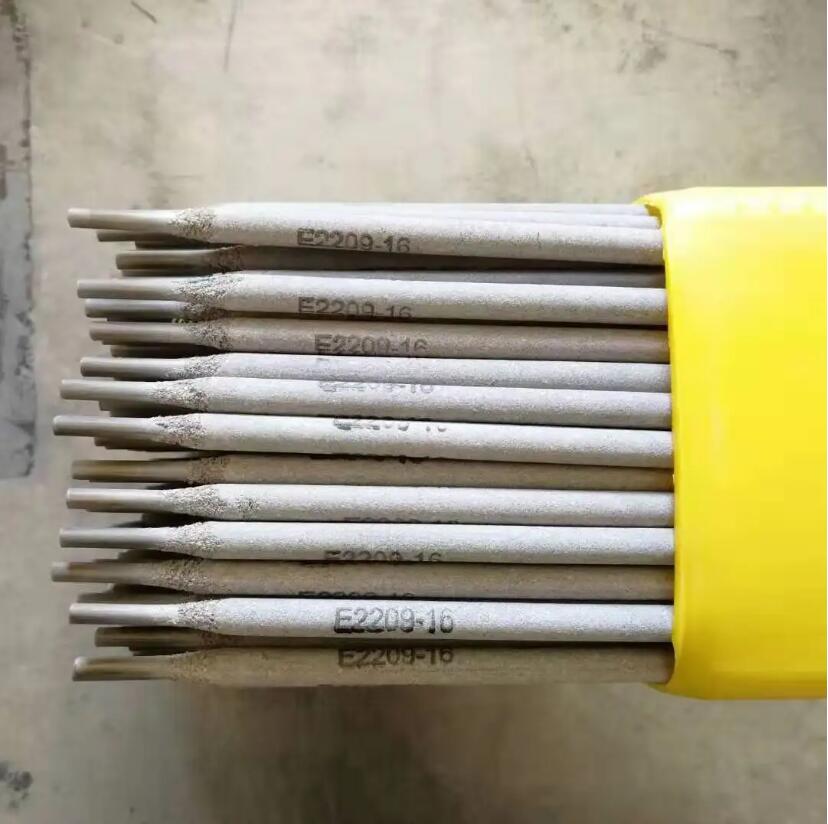
Successfully deployed in high-corrosion environments.
Frequently Asked Questions (FAQ)
Q: What differentiates an E316L electrode from an E316 electrode?
A: The "L" in E316L signifies low carbon content (typically
Q: What industries primarily benefit from using a 316l stainless steel welding rod?
A: Industries requiring superior corrosion resistance, particularly in chloride-containing environments, are primary beneficiaries. These include petrochemical, chemical processing, pharmaceutical, food and beverage, marine, offshore, and water treatment sectors.
Q: What is the recommended storage for e316l welding rod to maintain quality?
A: Electrodes should be stored in dry, moisture-free conditions, ideally in their original sealed packaging, to prevent moisture absorption by the flux coating. For opened packages or if moisture is suspected, re-baking according to manufacturer's recommendations (e.g., 250-300°C for 1-2 hours) is essential to restore optimal performance and prevent hydrogen-induced defects.
Lead Time, Warranty & Customer Support
Our commitment to our B2B partners extends beyond product quality to comprehensive logistical and technical support.
-
Lead Time & Fulfillment:
Standard orders for e316l welding rod are typically fulfilled within 2-4 business days for in-stock items, with expedited shipping options available. For large volume or customized orders, lead times will be provided upon inquiry, factoring in production schedules and specific requirements. Our robust global logistics network ensures timely and secure delivery.
-
Warranty Commitments:
All our AWS E316-16(A202) Stainless Steel Welding Electrodes come with a comprehensive manufacturer's warranty, guaranteeing the product against defects in material and workmanship when stored and used according to industry standards and our guidelines. This warranty covers a period of 12 months from the date of purchase.
-
Customer Support:
Our dedicated technical support team, comprised of experienced welding engineers and metallurgists, is available to assist with product selection, application guidance, troubleshooting, and any post-purchase inquiries. We offer multilingual support and are committed to providing prompt and effective solutions. Contact us via phone, email, or our online portal during business hours for expert assistance.
Conclusion
The AWS E316-16 (A202) e316l welding rod stands as a benchmark in high-performance stainless steel welding consumables. Its meticulously controlled manufacturing process, adherence to rigorous international standards, and exceptional metallurgical properties deliver unparalleled corrosion resistance, particularly against intergranular corrosion and pitting in challenging environments. The ability to perform reliably in petrochemical, pharmaceutical, marine, and other critical industries underscores its value proposition for B2B decision-makers. Choosing this advanced welding electrode ensures not only the integrity of welded structures but also contributes to enhanced operational efficiency, reduced maintenance costs, and prolonged service life for vital industrial assets. Partnering with a reputable manufacturer providing robust technical support and reliable supply chain logistics further amplifies these benefits, making the E316L electrode a strategic investment for any demanding application.
References
- American Welding Society (AWS). "Specification for Stainless Steel Electrodes for Shielded Metal Arc Welding." AWS A5.4/A5.4M.
- ISO 3581:2016, "Welding consumables — Covered electrodes for manual metal arc welding of stainless and heat-resisting steels — Classification."
- ASM Handbook, Vol. 6: Welding, Brazing, and Soldering. ASM International, 1993.
- "The Metallurgy of Welding" by J. F. Lancaster. George Allen & Unwin Ltd, 1980.
- "Corrosion Engineering" by Mars G. Fontana. McGraw-Hill, 1986.
-
High-Quality Welding Electrodes 4.0mm*400mm for Industrial Use | Steel Tools ChinaNewsNov.24,2025
-
Explore the Benefits and Uses of 2.6mm Welding Electrode 6013 | Global GuideNewsNov.23,2025
-
Understanding CO2 Welding Wire Price: Global Impact, Trends, and TipsNewsNov.22,2025
-
Top Guide to Welding Wires CO2 – Specifications, Benefits & Industry UsesNewsNov.22,2025
-
Comprehensive Guide to Welding Electrode 6011 – Global Applications & BenefitsNewsNov.21,2025
-
AWS E6013 Welding Rod-HEBEI YUJINHONG TECHNOLOGY CO.,LTD.|All-Position Carbon Steel ElectrodeNewsNov.21,2025


